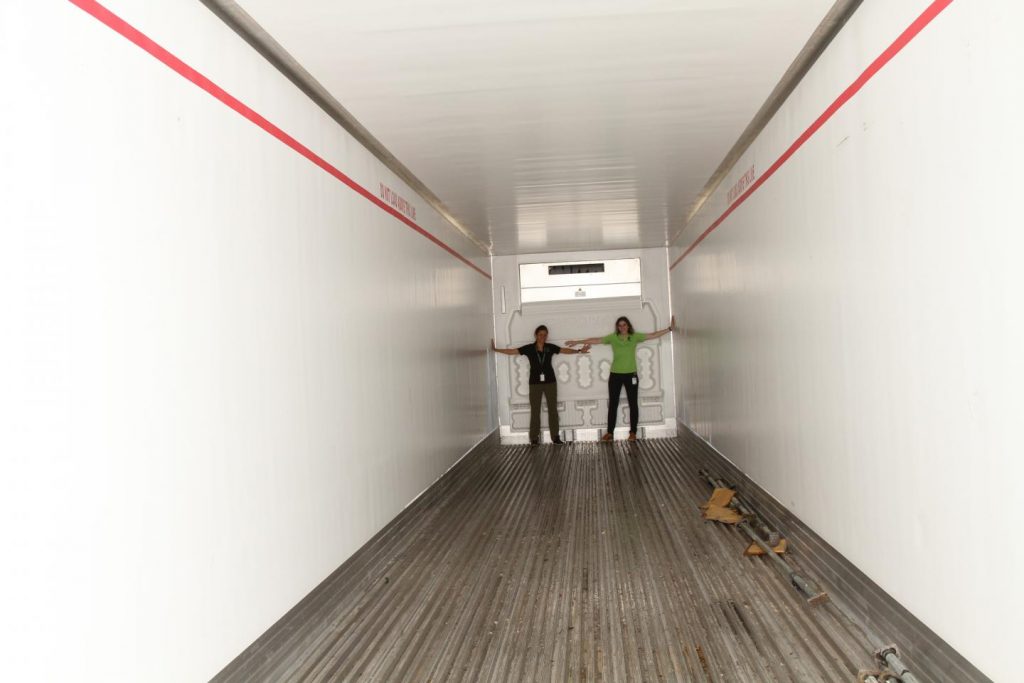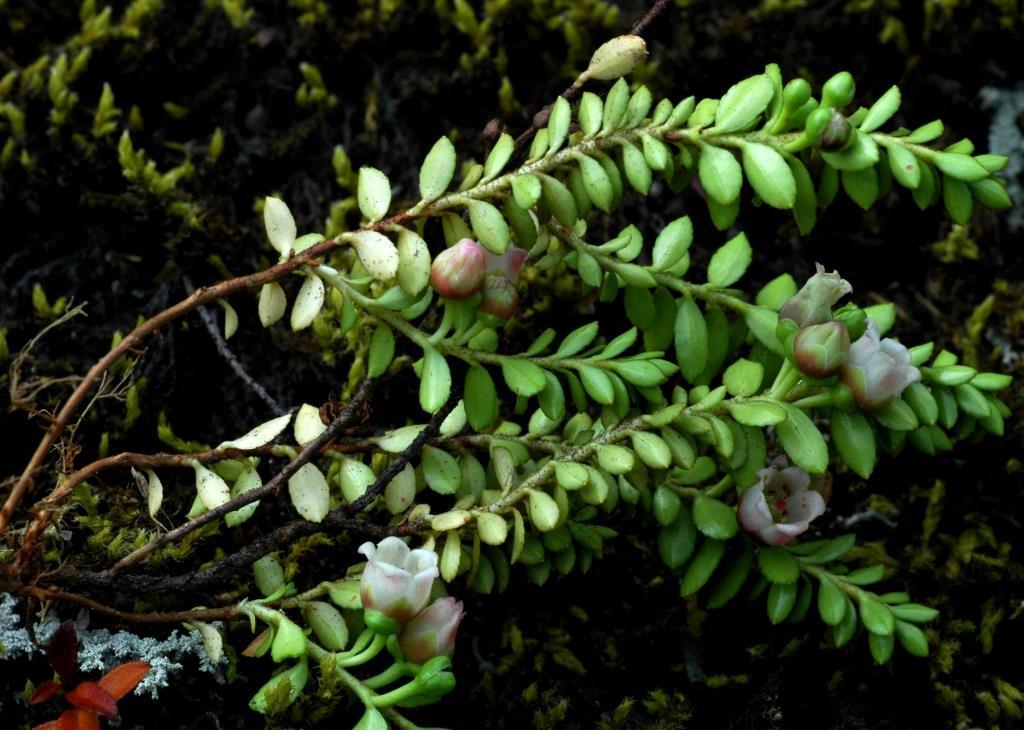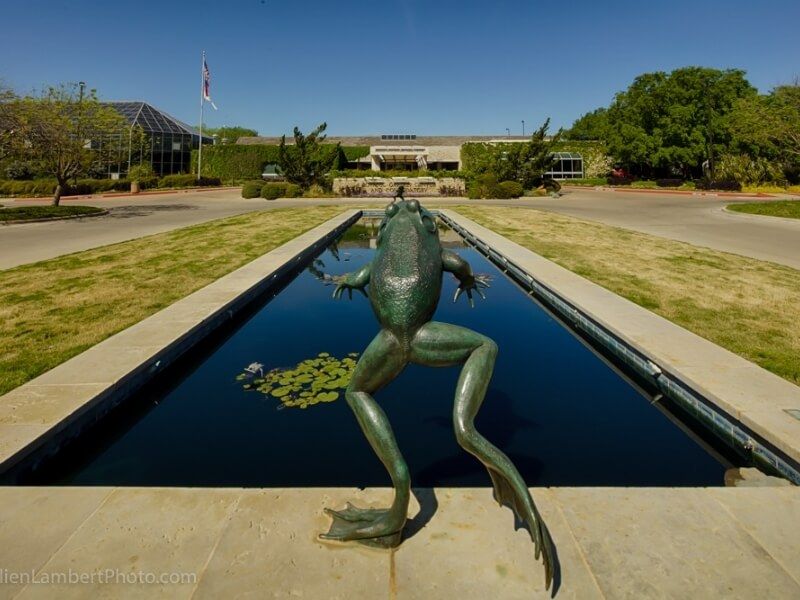Generating field guides in Baja California, Part 1
This “Notes from the Field” post is from BRIT Biodiversity Explorer Dr. Sula Vanderplank, a Biodiversity Explorer for BRIT. She is a field botanist who loves natural history, floristics, and conservation science. Her research focuses on the botany and ecology of Baja California, Mexico.
Part 1 – April 2-6, the Sierra San Pedro Martir
[with Dr. Alan Harper and Natalia Rodriguez]
Rancho Concepcion – Baja Dark Skies Inn:
On the second of April we got to Ensenada in the evening and had the pleasure of dining with Dr. Ivonne Giffard, a marine biologist and one of my favorite people. The next morning, after spending almost an hour repacking the car and loading the roof-rack, we went to the local university (Universidad Autónoma de Baja California) to pick up Natalia. We promptly headed south toward the highest mountain range on the Baja California Peninsula, the Sierra San Pedro Martir.
Our first stop was the famous Meling Ranch, where we briefly visited the gorgeous riparian area looking to see how many plants were in flower. We then made our way along a challenging 6-km road to Rancho La Concepcion, also known as Baja Dark Skies Inn. The valleys and rolling hills of chaparral mixed with oaks and piñon pines were a sight to behold… (How am I so lucky to be able to do this for a living?)
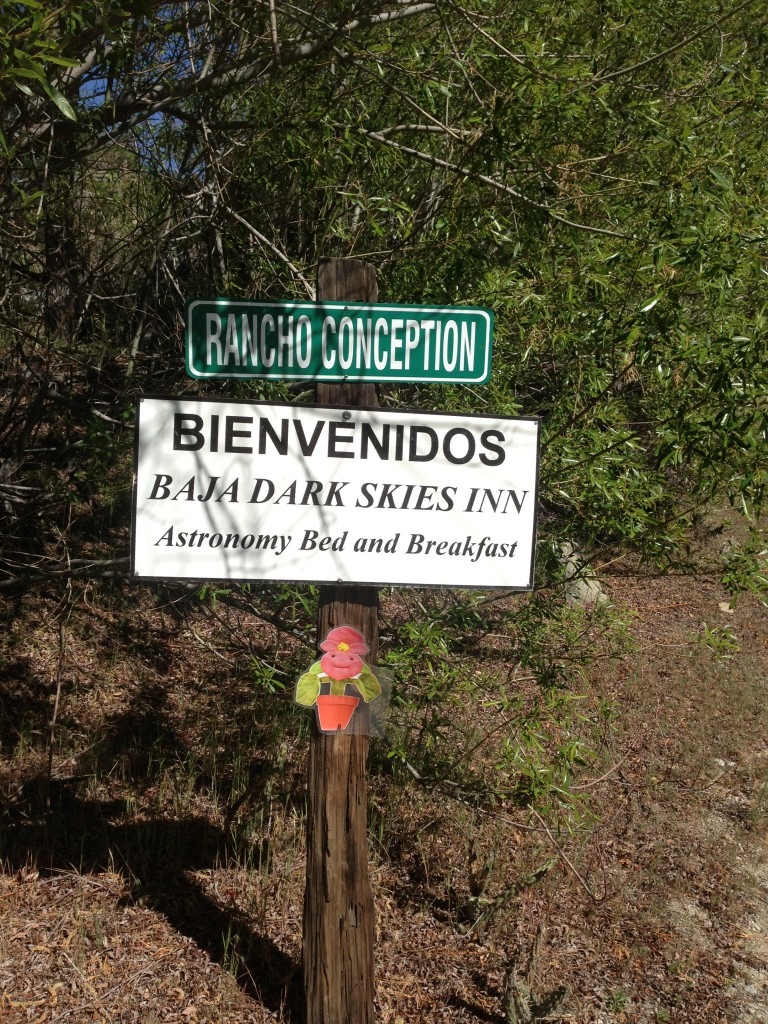
A checklist to the high elevation sierra (over 2000 m above sea level) was published in 2011 by three of the Baja botany greats: Robert Thorne, Reid Moran, and Rich Minnich. The checklist includes more than 450 species in total, 25 of which are identified as endemic to the sierra (found no-where else). In an attempt to raise awareness and improve recognition of these special plants, Alan Harper and I have embarked upon a photographic plant field guide to the Sierra San Pedro Martir. We are collecting and vouchering an example of each plant that we photograph so that an official herbarium specimen can provide a permanent identification record for every plant in the book and so the image names can be updated in the future if necessary.
Alan’s photographic set-up is complex and involves taking pictures of each plant against a white background so that the final layout can have the pictures floating on the page. A roll of white paper is hung from a frame above a table, and four flashes are attached to the table to ensure high-quality images. Including taking close-up pictures of all the structures crucial to identification, each species takes around 20 minutes to document.

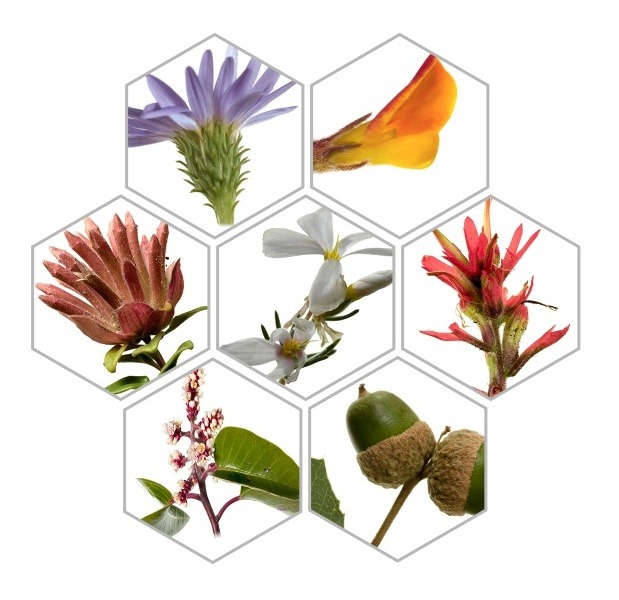
As Alan set-up his equipment, I quickly got to work scouring the region for plants in full bloom. The pickings were slim because of the lack of rain, but I enjoyed a walk around the property with a view right down to Colonet Mesa on the coast below. We saw Echinocereus brandegeei in flower, but since our base camp (and the cactus) is at a slightly lower elevation (ca. 1500 m) than the flora we’re attempting to photograph, we won’t include it in our field guide. The warmer evening temperatures at this lower elevation make it more amenable to camping, but at -4 C (21 F), it’s still plenty cold enough for me!

Our generous hosts Pamela Weston and Mike Wirths made a delicious curry for dinner, and we had warm and engaging conversations about regional conservation issues, cattle grazing, fencing of land, and sailing around the world. 🙂
That night was cold… so SO cold. We were very grateful to take shelter in a trailer that Pam and Mike lived in while building their home up here in the mountains. As one of the three best places in the whole world to view the stars, this location was the perfect place for them to build their astronomy-focused, star-gazing ranch. And whether it was for the amazing nighttime or daytime views, the site was also once an ancient settlement of the indigenous Kiliwa people and still boasts an original Kiliwa adobe house on the property!

Parque Nacional Sierra San Pedro Martir:
We woke up early, with frozen toes, and our reluctance to abandon the cozy warmth (and tasty coffee) of the big house made for a slow start. Once we got going, however, we spotted a bobcat in the field with the horses, and Natalia even found a California king snake, the first snake of the season to be seen in this area.
As for the plants, I found flowers but couldn’t find fruits on some of the species. We did manage to get arroyo willow (Salix lasiolepis) and bedstraw (Galium martirense), though. We walked down to the river to check for flowers on the wild roses, but to no avail. For the plants we could find, Alan’s photos are spectacular. The care taken by all involved in creating this guide will ensure that it artistically and accurately illustrates the key identification features of the many special status plants of the region, helping visitors and land managers distinguish narrow endemics from more common species in the region.
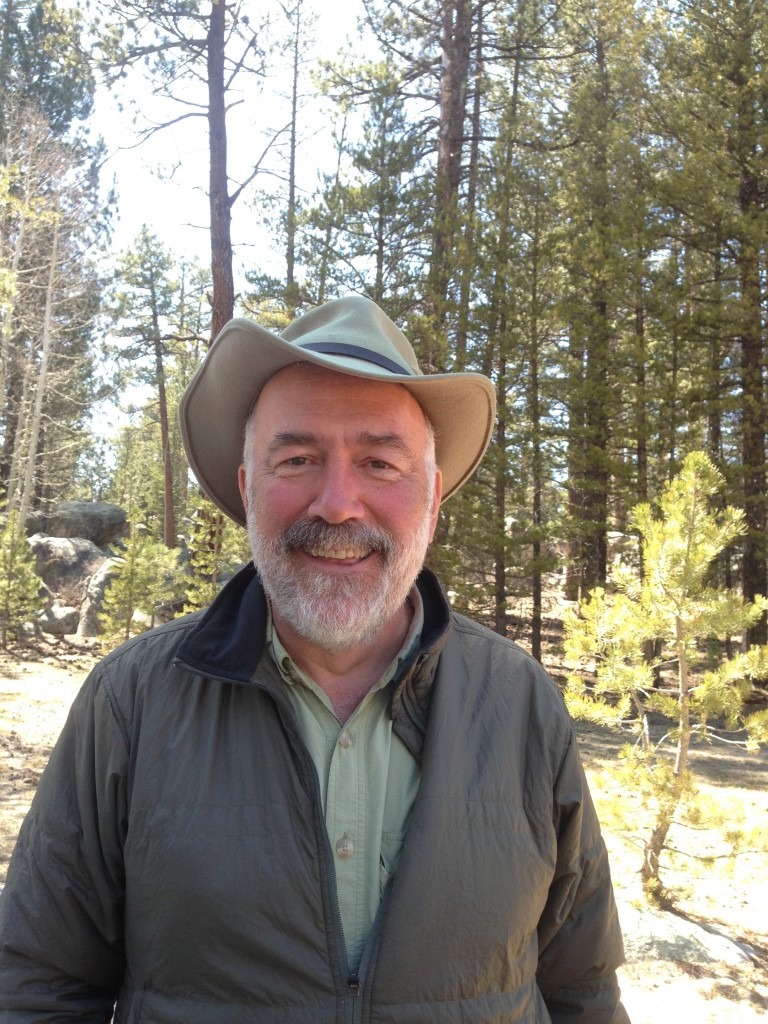
Driving up to the high elevation national park (Parque Nacional Sierra San Pedro Martir), we noticed that like elsewhere it, too, was very sparse. The meadows have not yet rejuvenated much, but the road up to the park was lined with manzanita (Arctostaphylos spp.) and California lilac (Ceanothus spp.), both in flower. We hurriedly collected and raced back down to our camera set-up with the sun setting and the temperature dropping rapidly once again. Despite cracked lips and complaining joints, it felt great to be back outdoors and to return weary-but-fulfilled after a long day in the field.

We worked until dark, storing the last plants in plastic bags in a cooler, hoping they wouldn’t wilt too much in the night. The press was steadily growing, and so were our appetites. We went to bed early after dinner, only to be awoken by bursts of Santa Ana winds sweeping around the ranch, blowing the photography tent away and causing the sorts of eerie sounds that make you want to snuggle down deeper in your sleeping bag!
Mike’s Sky Ranch:
Next morning we went straight to work to finish the plants from last night. As Alan took photos, I snuck off to visit the chickens and admire the ranch’s solar panels and passive solar water-heating panels that make the ranch so sustainable – completely off the grid.

Since the plants are sparse this time of year, we decided to head out towards Mike’s Sky Ranch, a locality I’ve seen on many herbarium specimens, as it used to be a common stopping point for botanists traveling down the peninsula and visiting the sierras. I’ve never been there, and I was pretty excited about seeing it first-hand.
Well, it was a long drive, on a bad road… and…. we never got there!! But at least we found some nice plants along the way (e.g., Penstemon spp., Trichostema spp., Lotus rigidus). In the afternoon we said our goodbyes and headed down the mountain to San Quintin to start part 2 of this adventure…
